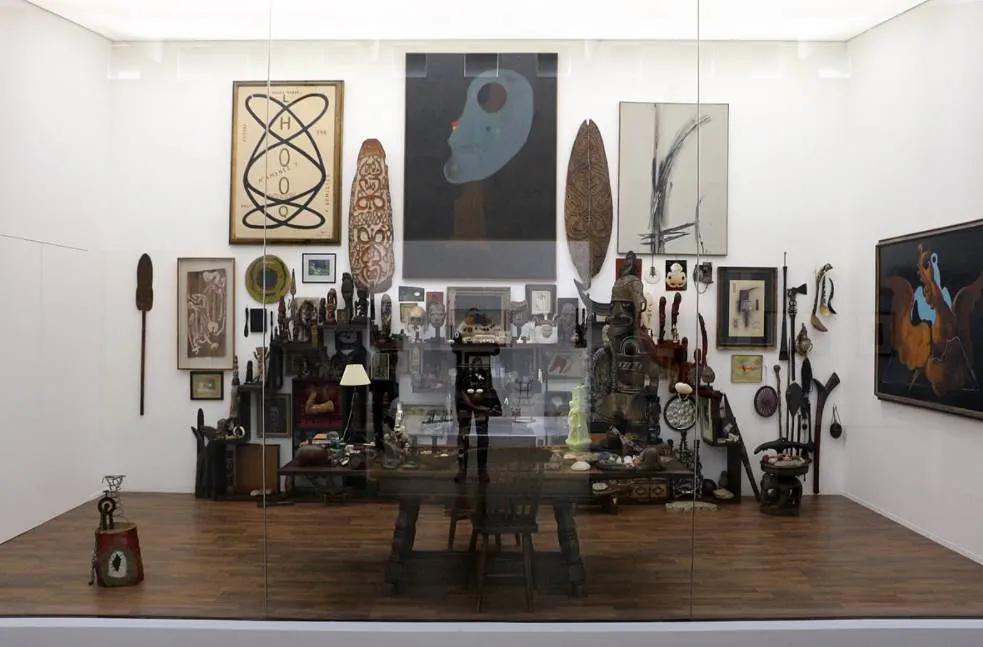One of the greatest minds behind a cultural movement that emerged during the 1920s wasn’t a visual artist but a surrealist artist with a different talent.
Let’s take a closer look at some of the most interesting facts about André Breton (1896-1966), a man who shaped Surrealism into the remarkable art movement it eventually ended up becoming.
1. He was born in a small village in the Normandy region of France
André Breton was born on February 19, 1896, into a family of modest means in a small village called Tinchebray. This town can be found in the Orne department in the northwest of France.
His father, Louis-Justin Breton, was a police officer and a convinced atheist, an ideology that Breton would inherit from him. His mother had quite a different profession as Marguerite-Marie-Eugénie Le Gouguès was reportedly a former seamstress.
Although Breton ended up becoming the leader of the Surrealist movement and a successful author, this wasn’t apparent from early on. He attended medical school and here he developed a keen interest in mental illness.

2. Breton developed his ideas about life during World War I
The studies of the medical student were cut short when he had to enroll for duty during World War I. Because of his medical background, he didn’t see action in the trenches but was assigned to a neurological ward in a hospital in Nantes.
It’s during this period that he met another young man named Jacques Vaché (1895-1919). He was a great fan of the French Symbolist writer Alfred Jarry (173-1907), a man who developed the ideas that would result in the Dada, Surrealist, and Futurist movements a few decades later.
Breton mentioned the influence in literature he got from Vaché and Jarry as follows:
En littérature, je me suis successivement épris de Rimbaud, de Jarry, d’Apollinaire, de Nouveau, de Lautréamont, mais c’est à Jacques Vaché que je dois le plus.

This translates to: “In literature, I was successively taken with Rimbaud, with Jarry, with Apollinaire, with Nouveau, with Lautréamont, but it is Jacques Vaché to whom I owe the most.”
Vaché died of an overdose of opium in 1919, an incident which Breton believed to have been a suicide. Jarry suffered a similar fate as his death of tuberculosis was attributed to misuse of alcohol and drugs.
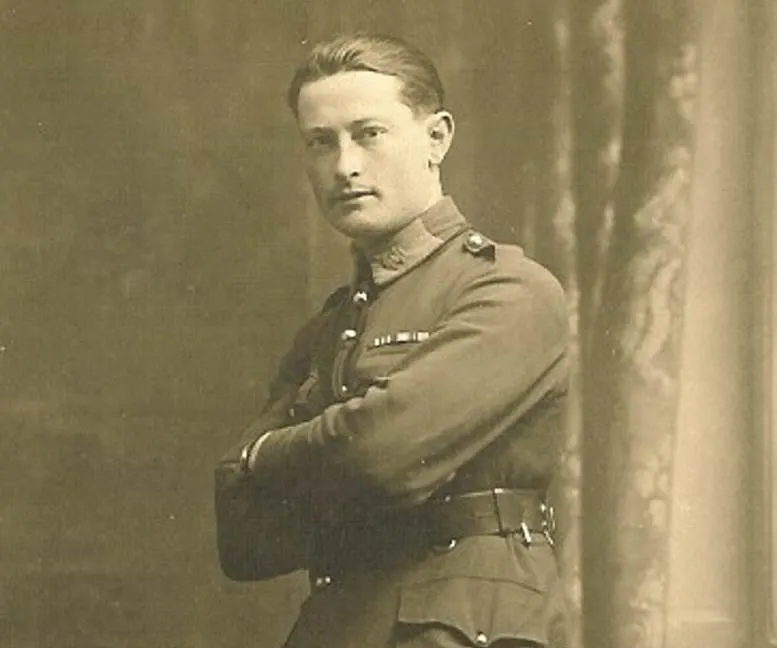
3. He co-founded the first Surrealist meeting place after writing its manifesto
André Breton got married for the first time in 1921 to a woman named Simone Kahn and the couple moved to Paris on New Year’s Day of the year 1922. This apartment was stacked with his immense art collection when he passed away in 1966.
He wrote his famous Surrealist Manifesto in 1924, a work in which he detailed the concept of automatic writing. He defined the technique of creating art on autopilot as “pure psychic automatism,” a concept that became the foundation of the Surrealist art movement.
Shortly before publishing his manifesto, he co-founded the “Bureau of Surrealist Research” in Paris. This became the meeting place of some of the most famous Surrealist artists in history. As Breton described it, it was founded to:
Gather all the information possible related to forms that might express the unconscious activity of the mind.
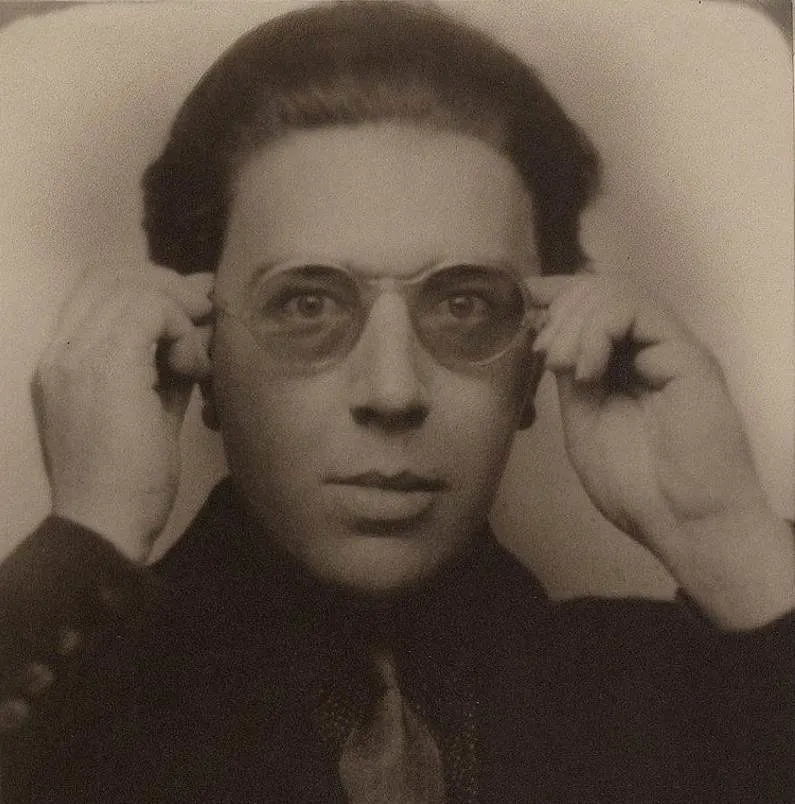
4. He wrote his most famous novel in the year 1928
Breton became one of the most renowned Surrealist authors in history and permanently made his name with a work he published in 1928 called “Nadja.”
It’s the one novel that defined the art movement and starts with the question “Who am I?” It can be described as the author’s interaction with an imaginative woman who existed and was named “Léona Camille Ghislaine Delacourt” (1902-1941).
This novel was written when Breton was still an editor of a magazine called “La Révolution surréaliste” which was issued in 12 editions between 1924 and 1929.

5. He left behind a legacy of famous books and a large art collection
The Surrealist author didn’t just publish dozens of literary works during his extended career between 1919 and 1966, he was also an avid art collector. One of his friends, French anthropologist Claude Lévi-Strauss (1908-2009), described Breton as the ultimate connoisseur of unusual artworks.
His collection was kept at 42 Rue Fontaine, in the Pigalle district of Paris, and the place was stacked with over 5,300 items, including:
- Paintings
- Drawings
- Sculptures
- Photographs
- Books
- Art catalogs
- Journals
- Manuscripts
- Oceanic art
Although he left behind a remarkable oeuvre of books, he is mostly remembered as the founding father of the Surrealist art movement which inspired the likes of Salvador Dalí (The Persistence of Memory) and René Magritte (Ceci N’est Pas Une Pipe), to name just a few of the most famous Surrealist artists in history.
To commemorate the artist, a square in Paris has been named in his honor called the “Place André-Breton,” found in the 9th arrondissement of Paris.
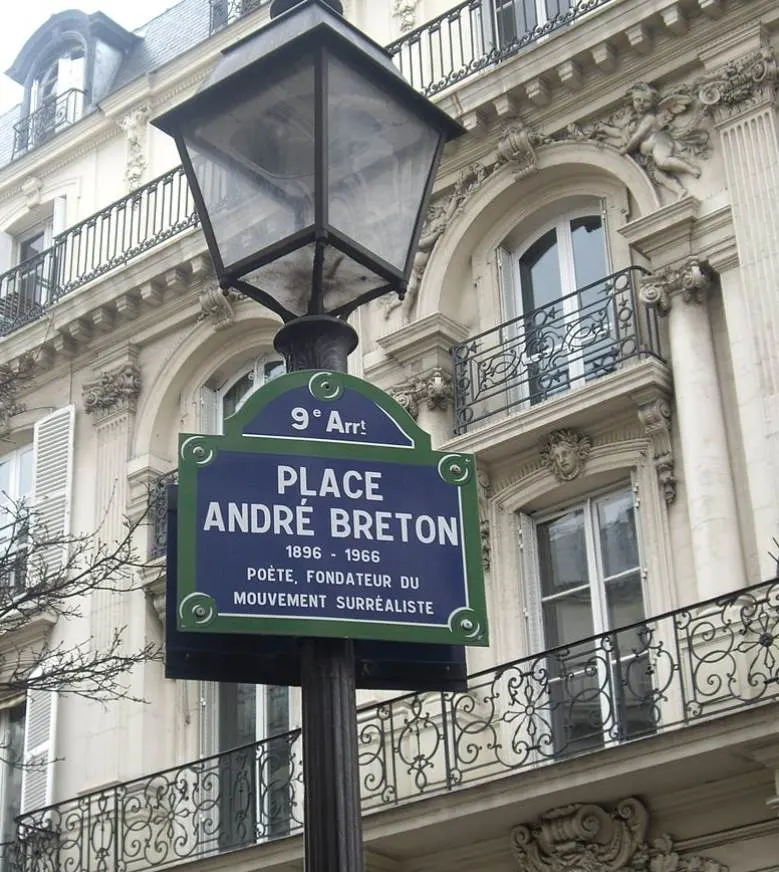
More interesting facts about André Breton
6. Although the work isn’t considered to be one of Breton’s, he wrote 4 introductory essays for “Lettres de Guerres” (1919). This translates to “War Letters” and were letters written by his greatest inspiration Jacques Vaché.
These letters were not only addressed to Breton himself but also others and were published shortly after the young man’s tragic death at the age of 24.
7. Breton was a devoted atheist throughout his life and joined the French Communist Party in the year 1927. he was expelled from the organization because his conviction for this political movement wasn’t always convincing.
Salvador Dalí once mentioned that “René Crevel was the only serious Communist among surrealists.”
8. Despite the sketchy Communist convictions early on in his life, he did retain strong political ideas throughout his life. He opposed French colonialism in 1946 and could be described as an anarchist in the 2 final decades of his life.
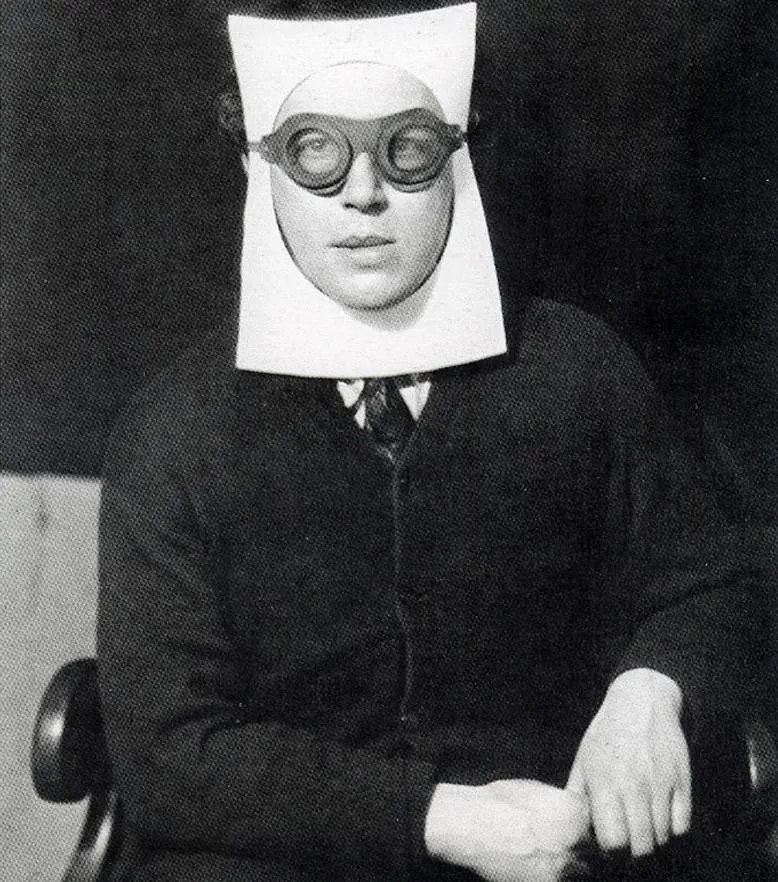
That’s mainly because of his openness to support the Anarchist Federation and Platofrmists groups in France.
9. One of his most remarkable experiences was a trip to Mexico, funded by the French Government as part of a cultural program. He initially got lost in Mexico City and described Mexico as “The most Surrealistic country in the world.”
He did meet the famous Marxist revolutionary Leon Trotsky and visited a special event for artists and intellectuals in a town called Erongarícuaro. Here he met fellow artists named Diego Rivera and Frida Kahlo.
The result of this event was a work called “Manifesto for an Independent Revolutionary Art,” written by Leon Trotsky and André Breton (although published together with Diego Rivera).
10. André Breton was married 3 times in his life to Simone Kahn (1921-1931), Jacqueline Lamba (1934-1943), and Elisa Bindhoff Enet (1945-his death in 1966).

He had one daughter named Aube Elléouët Breton (born 1935) together with his second wife, Surrealist painter Jacqueline Lamba. She became a renowned plastic artist herself who specializes in collages.
11. The collection he left behind upon his death at the age of 70 in 1966 is the second collection he built. He had to sell his original collection of artworks in 1931 due to financial difficulties.
12. If you want to admire some of the collection of André Breton then you can visit the Center Pompidou in Paris. This museum has one wall of the apartment of the artist at Rue Fontaine No. 42 in Paris, on display.
Yes, his apartment was completely stacked with items, especially from the northwestern part of North America which was his favorite.
